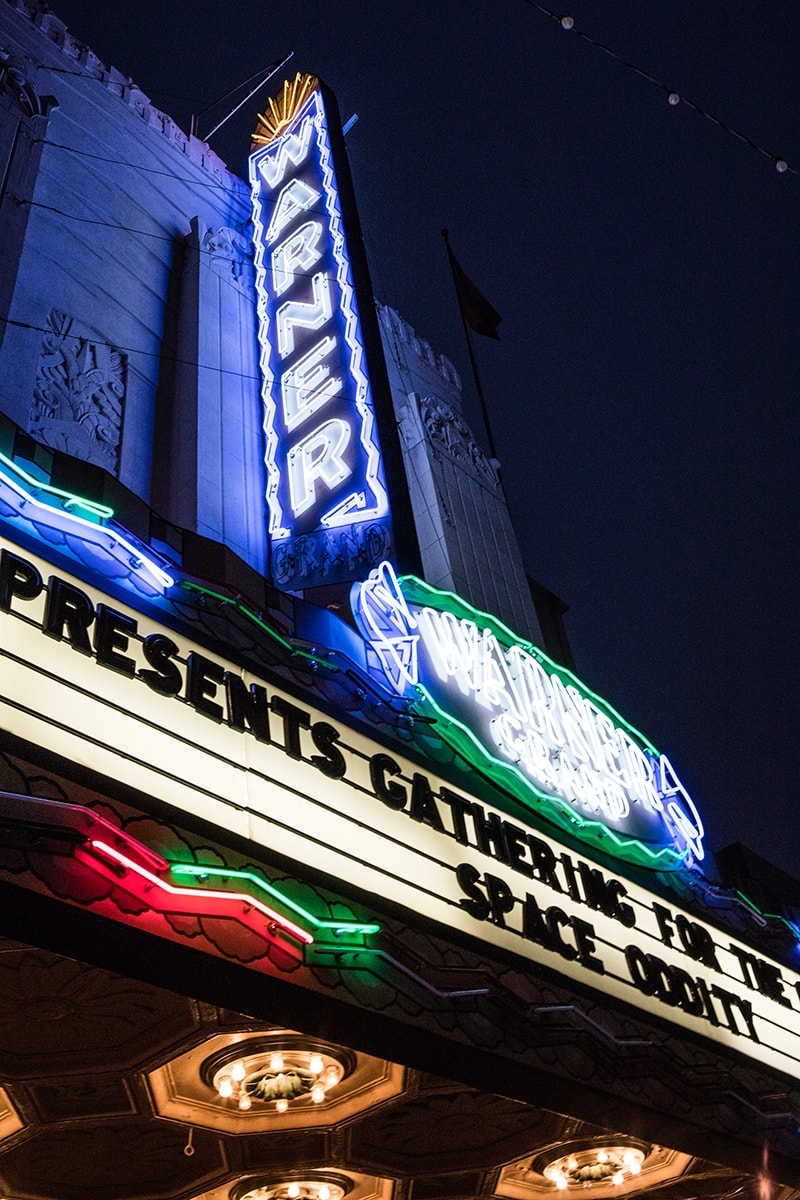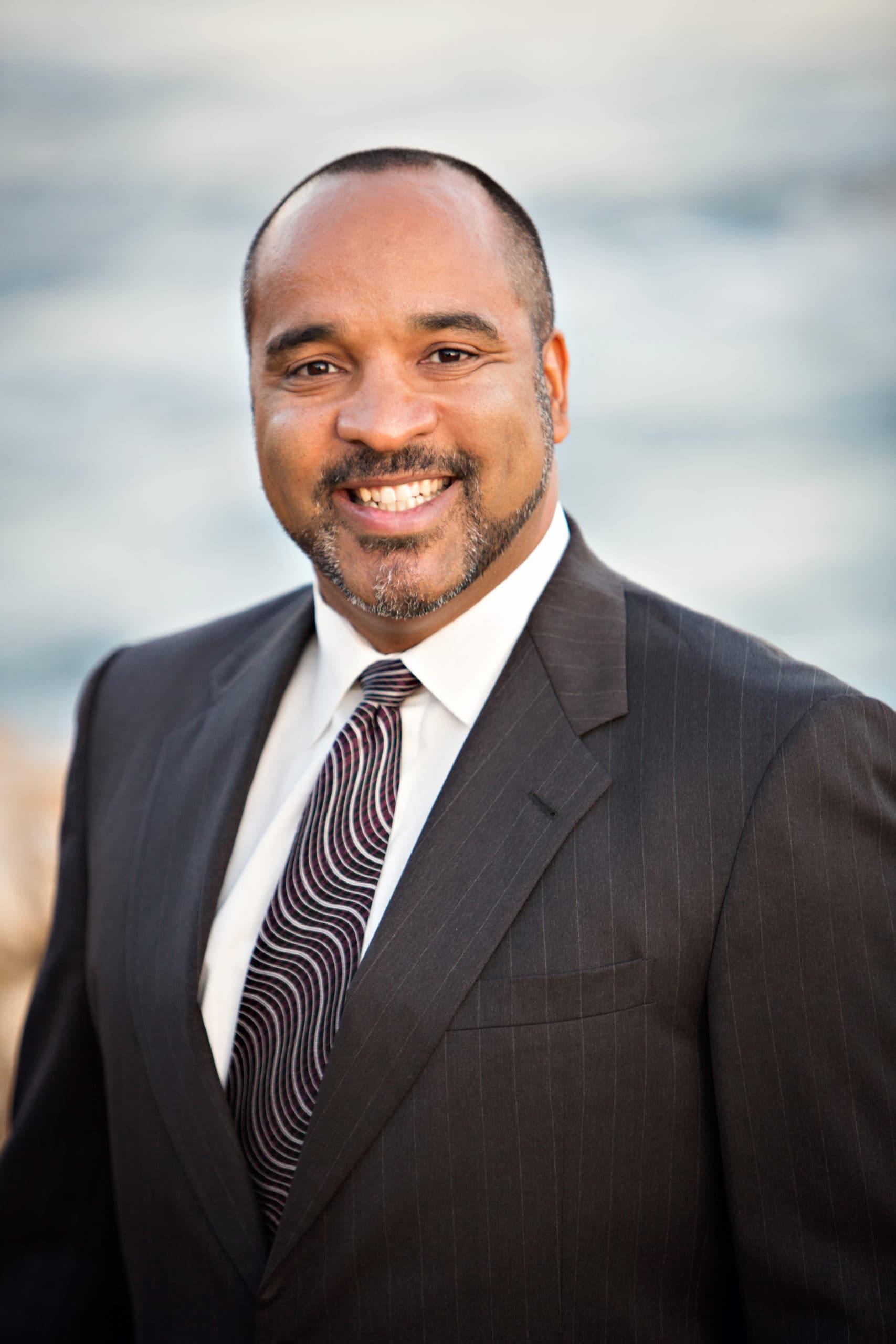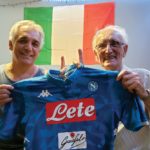The pandemic of today is often compared to the Black Death of the 14th century that killed somewhere between 75 and 200 million people and marked the end of the Middle Ages. While, thankfully, today, we are nowhere near the number and magnitude of deaths, this pandemic has exposed a divide in critical thinking, socioeconomic circumstances, political values, and overall realities in which we view the world.
The pandemic has not become a unifying force to rally against a common enemy in a shared commitment. As we enter our third year in response to COVID-19, it seems unfathomable to think how much we still can’t agree on. However, if you look back at previous plagues throughout history, you will find the same radical cures, persecutions of foreigners, and suspicions of science, as people try to make sense of what’s going on and how to adapt.
Our view of the world is often dependent on which “news” channel we frequent, with people shouting at each other from opposite ends of a boat in rough seas. At some point, the waters will calm, and the survivors in the middle will learn from the extremists cast overboard. America’s greatest advancements in economics, science, social issues, and human development have come from our ability to respond to a crisis. Flaws in our supply chain are being addressed. Workers are gaining leverage in the labor market. This stress test to our healthcare system highlights the cost savings of preventative measures versus expensive treatment. High gas prices mean increased investment in alternative fuels, batteries, power generation, and technologies. People are migrating to all parts of the country for jobs and quality of life. Workers are becoming entrepreneurs at record rates, and small businesses are forming.
The human collective is experiencing a shift in critical thinking, testing opinions, trying new ideas, and challenging every aspect of how we live together as a community. The painful turmoil and chaos we are experiencing may be a necessary function of evolution to what’s next.
The Renaissance (French for “rebirth”) was a shift from the long period of social and cultural decline with a revival of classical learning, intellectual transformations, global exploration, and systematic innovation. The feudal system failed when workers died, crops went unharvested, and many faced starvation. The result was an explosion of commerce, innovations in paper, printing, seafaring, and exploration of new continents. The healthcare system began to separate the sick from the injured, study the human body like never before, and dispel many long-held beliefs on disease and afflictions. Humanism grew out of the Renaissance in response to destructive social views and religious dogma with an emphasis on the dignity of man, central truths across theologies and philosophies, and respect for the various manifestations of the human existence. Questioning the system inspired new possibilities of human thought and invention.
San Pedro is uniquely positioned to benefit from the modern Renaissance due to our connection to the sea, cultivation of the arts, and our approach to innovation. We are months away from some major groundbreaking in the development of our waterfront. The San Pedro Chamber of Commerce will soon be hosting a State of the LA Waterfront event for the community to see firsthand all that is happening now and what’s to come. This will include some of the exciting recent announcements from AltaSea and how the research and innovation happening here in our own backyard will have a reach and impact across the globe.
For me, the Renaissance is most synonymous with the focus on the arts. So much expression came out of this time as people looked to better understand what it means to be human and our relationship with God, the universe, and each other. San Pedro has a well-established arts community that is experiencing a renaissance of its own. The PORTALS exhibition just opened at the Angels Gate Cultural Center and will remain on display through March 26. (AngelsGateArt.org)
“Portals — doorways and interdimensional gateways — have been a point of fascination as long as humans have been telling stories. The work that the artists create in PORTALS explores gateways as facilitators of human growth and inspires change within us,” says Stephanie Sherwood, curator, in the exhibition’s description.
The San Pedro Waterfront Arts District is busy curating and maintaining its murals, storm drains, and DOT boxes around San Pedro. These large art pieces represent the culture, the beauty, and the history of San Pedro in a unique and beautiful way. This art sometimes gets missed when we are driving around and becomes a welcome surprise when on foot, a pace that’s becoming increasingly popular with all the restaurants and outdoor dining in San Pedro.
Soon we will see the closing of the Warner Grand, and it could remain closed for four years while it undergoes extensive renovations. But with that going on, we are seeing a huge increase in activity at the Grand Annex and the Little Fish Theatre, and the Port could soon announce some exciting outdoor events and festivals.
While we still may not agree on how best to fight the virus, there is agreement that we all want to get back out and about. We want to interact with each other in a positive way. We want more certainty in our lives and how we live it. We want to see more beauty around us and elevate San Pedro in a way that protects our unique culture and leaves a valuable legacy for future generations. After the plague came the Renaissance. San Pedro’s best days are ahead of us, and it’s our job to be the change. spt







Comments